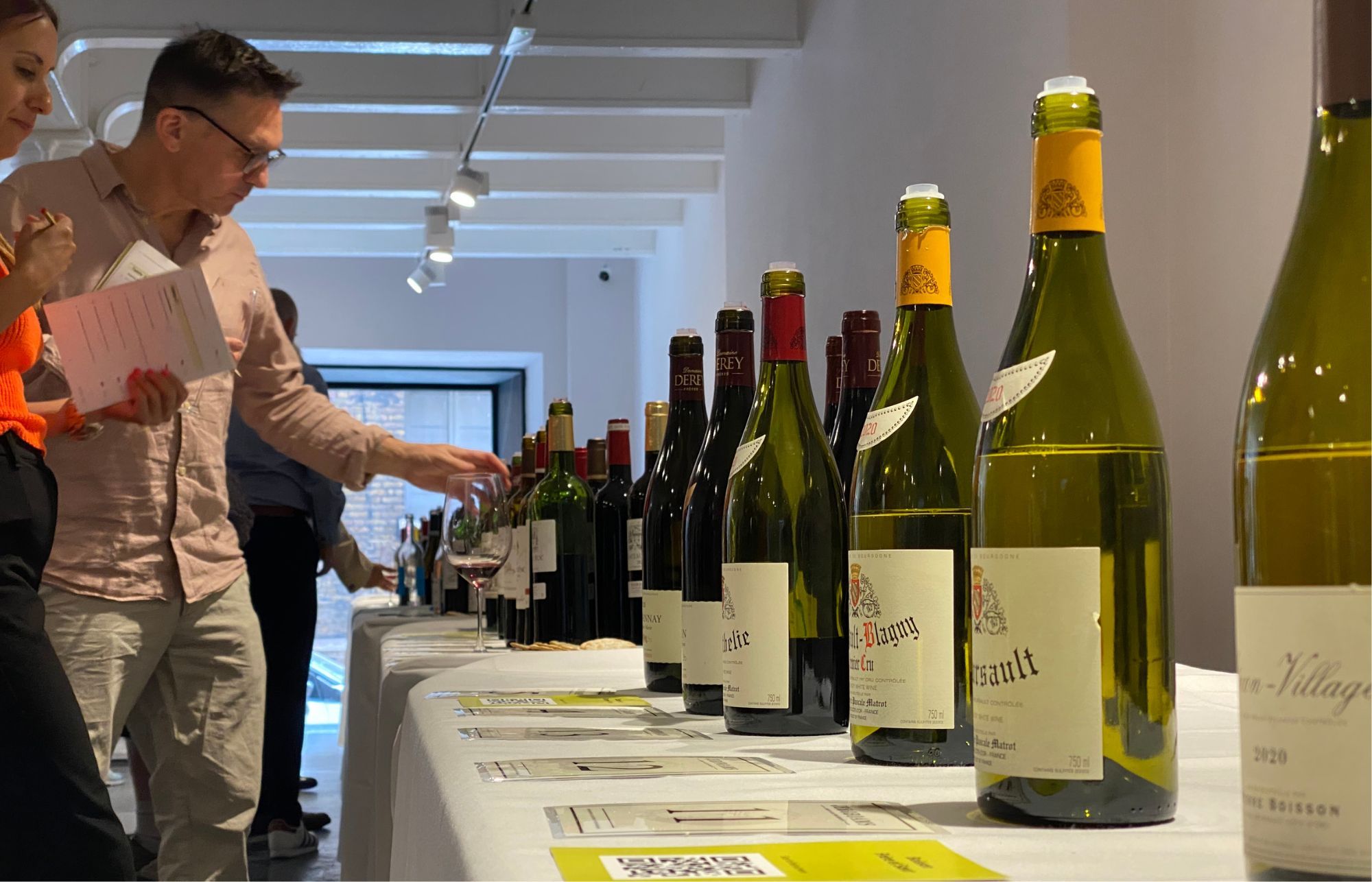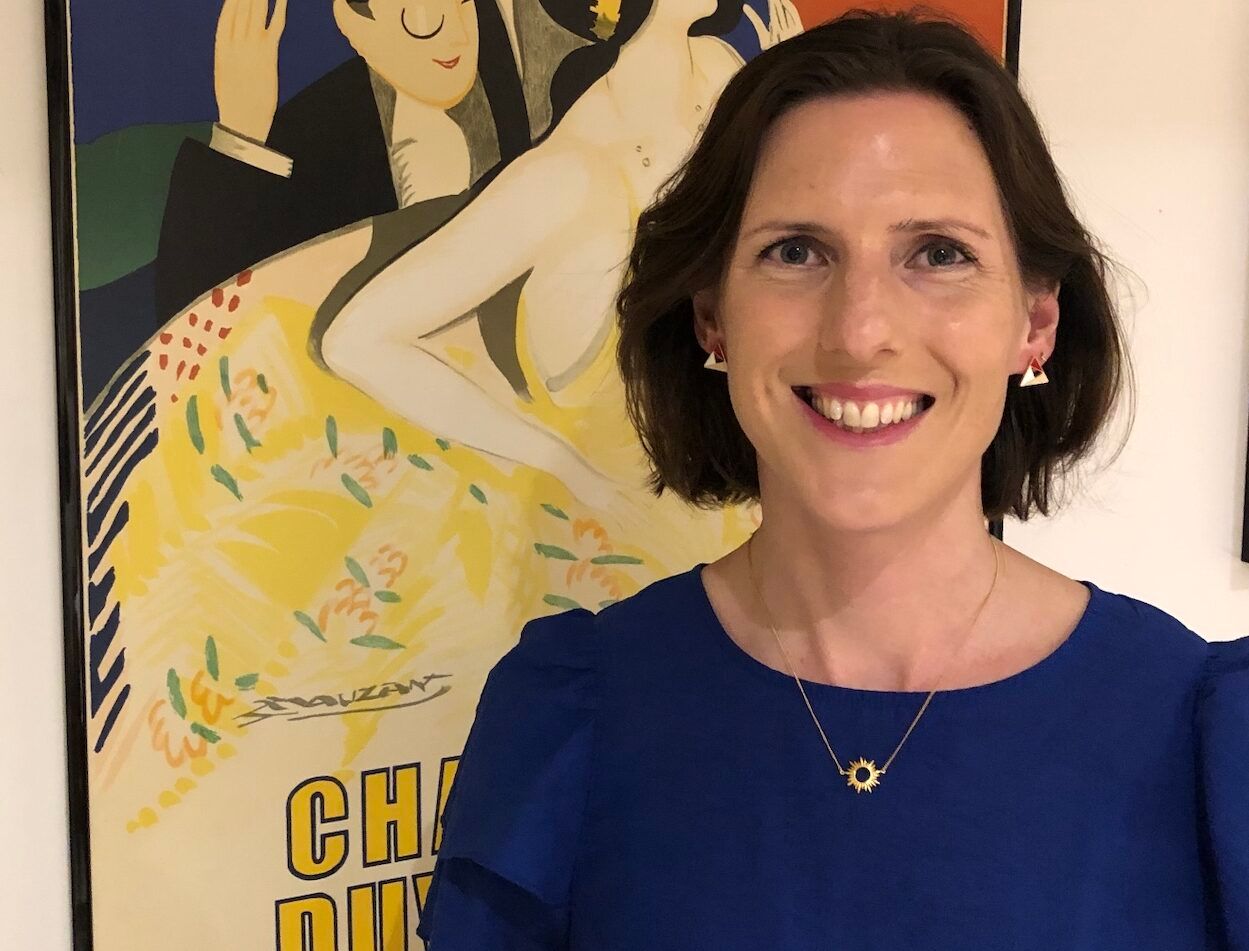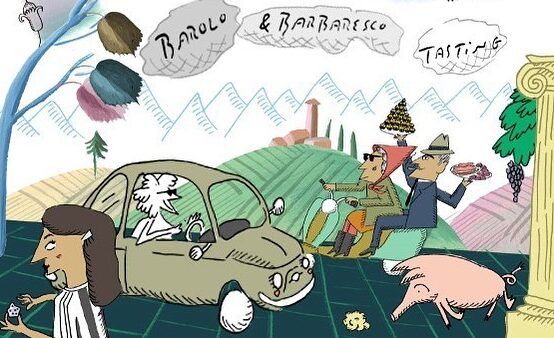As a wine importer you are clearly looking to bring in new producers to your range all the time - but it must be a delicate balance as another producer might mean another winery gets less attention. How do you tackle and address that balance?
We only look to add producers where we feel there is room in the range - either because a region or a style is underrepresented or because it is an area of growth for us. Our portfolio isn't as big as some so everyone is well looked after and nobody gets lost. We also have a brand manager to look after the needs of some producers.
What criteria do you use when taking on a new producer and their wines?

Peter Mitchell MW says Jeroboams is ideally looking to build long-term, exclusive relationships with family producers
Most importantly, do we believe in the wines and feel they offer great value in their category. We like to work with producers over the long term, so it is important that they fit with our business - i.e. will the wines appeal to our current customers and those we would like to work with and are the volume expectations in line with what we require and can achieve?
As a part of building long-term relationships, we look for producers who share a similar philosophy to us, which is reflected in most of the people we work with being smaller, family owned and run producers with an enduring commitment to their land. Wherever possible we look to work with producers on an exclusive basis in our market.
Will you take on all their wines - or have a strategy in terms of how many wines from a new producer you are willing to take on?
There is no fixed answer to this. It depends on the size and diversity of the range and whether we feel we can do justice to all of the wines, and discussions with the producer. Having a retail arm alongside the wholesale division gives us greater scope for wider ranges.
Is it a case of scaling it up? Try with one or two and then build them up?
Having a real focus on a couple of lines can work to establish a brand within the portfolio, but we would normally look to take on the range of wines we feel we can sell from the start, only adding others if our markets changed.
You clearly need to have your customers on board and willing to take on new wines and producers - how do you manage that?
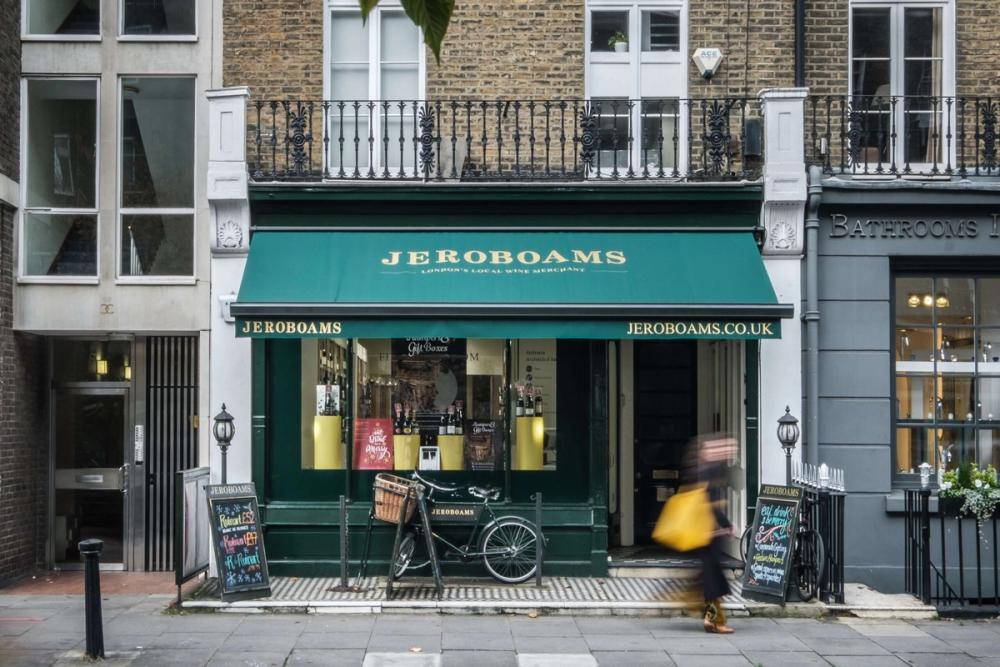
Jeroboams is in a good position to be able to trial new wines in any of its 10 stores, says Peter Mitchell MW
Our sales team are constantly feeding back conversations they have with their current customers and prospective ones about the kind of wines they would like to be offered. Having 10 retail sites also allows us to test the market and gives us a ready outlet for wines, allowing us to take more risks.
If they take on a new producer do you have to accept that might mean they stop buying wines from another one of your producers?
For sole supply that can be a risk, but we try not to have wines that compete with each other in our portfolio so it is less of a risk in accounts where we are one of several suppliers. You do have to accept that few listings are forever and part of doing business is that listings will move on.The desired result is to be gaining more for each wine than you are losing.
Can you give us an example of a producer you have introduced to your range and how you have gone about doing that in order to get customer support?
Kaesler from the Barossa Valley which has been a great success for us working across all our channels with various price points covered and volumes that work for both parties.
What steps did you go through with that producer before you decided to take on their wines?
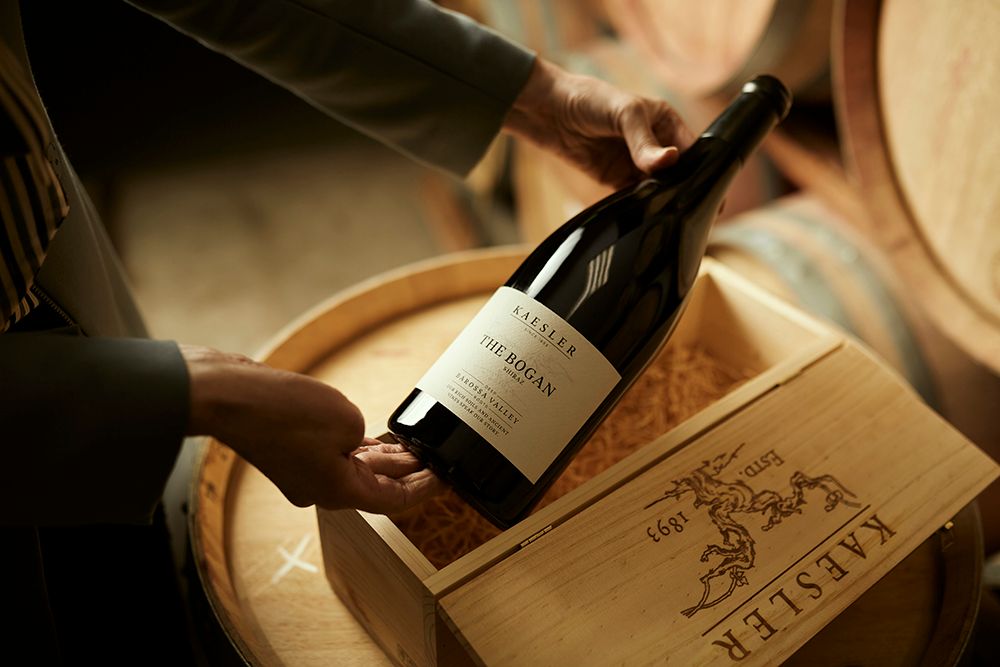
Kaesler from the Barossa Valley is a good example of a producer that Jeroboams has worked with to introduce to the UK market
The initial advance came from the producer as they were looking to move to new distributor who matched their ambition. We tasted with their export manager to assess quality and fit of wines. We then supplied a brand plan to demonstrate how we would distribute and give some commitment to volumes across the selected range.
Once reviewed and agreed on, we moved forward, shipped wines and started sampling to customers.
After the wines were available we quickly moved across existing business from the previous distributor where possible.
In year one we have a launch plan of tastings, lunches and sampling by channel to build listings. Tasting and focus within our own retail space to introduce our customers to the wines. After a period, a visit from our wine director to them to discuss progress and cement relationships.
Do you use promotions reduced pricing etc in order to introduce them to your customers ?
We would not generally reduce pricing to introduce a wine as that then creates a false idea of what price it should be. Trade tastings, sampling and staff training are the main methods of introducing new wines that work.
For larger listings some free stock, or a retro to support by the glass initiatives, or on occasion a customer visit to the producer are also possibilities. Having the owner, or winemaker spend some time in trade visiting potential customers and tasting with them is also a powerful tool.
Is it harder to take on a new producer in terms of taking a risk - with all the extra admin, duty and costs - you have to make sure you are on to a winner from the off?
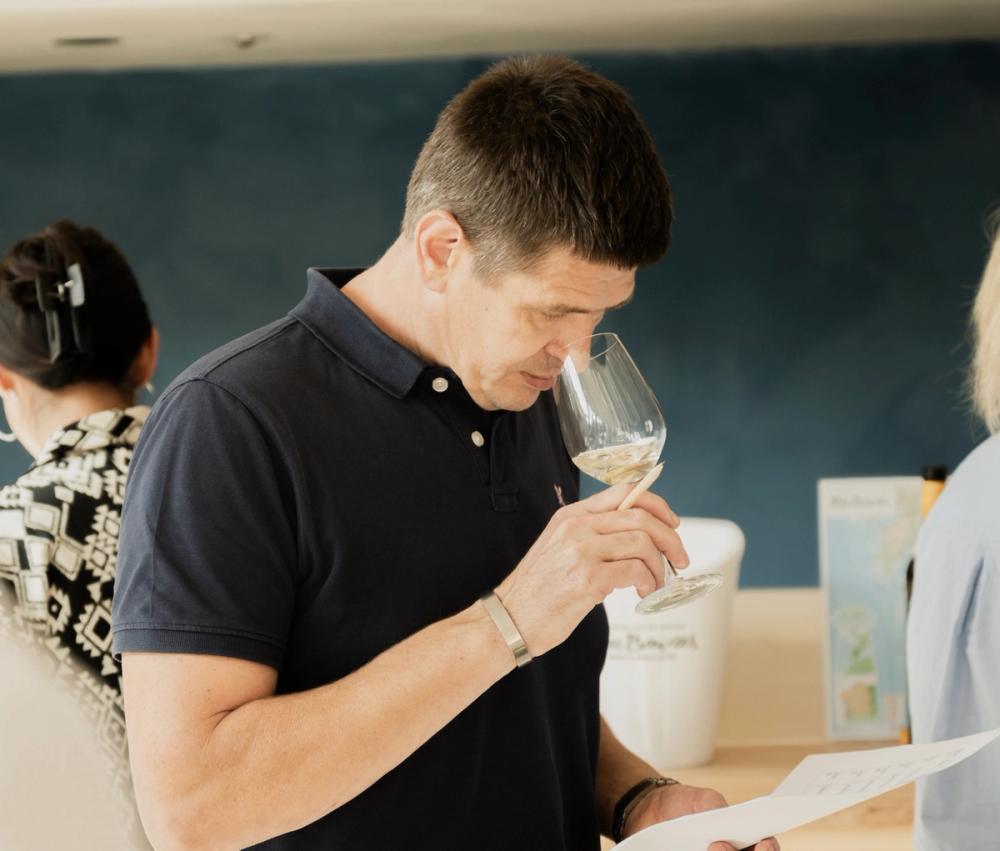
Peter Mitchell MW says it can take up to a year to get a sense if a producer's wines are working in the UK
Any new producer carries some risk, but we aim to minimise that by having good data about what currently works for us in each sector and what volumes are reasonable to expect. As mentioned previously, having our own retail estate also helps to mitigate risk.
What constitutes success - the number of customers that list the wine, or the number of cases sold?
It depends on where the wine comes from and what price it sits at and defining success is a mixture of sales volumes and number of listings. A more niche wine at a higher price point may sell less than a pallet a year but through many listings and that would be successful, whereas a cheaper more mainstream line may sell that volume to just one customer.
High sales from only a couple of listings carries too much risk to be called success, but many listings but very low volumes often means the wine doesn't fit the market. We do have a cut-off point where if either the value of sales or the volume is too low by our standards, we look at whether we could do anything differently and then reflect on whether that producer is right for us.
How long do you take before deciding if a new producer and their wines are working in the trade?
It can take some time for volumes to build to their equilibrium, but you can generally see if they are working within a year although it may take two to three years to reach what was expected.
What is the average length of time it takes from initial talks and tastings to actually listing and selling wine into the trade?
It could be as little as three months if we have a really clear remit and find a producer without representation that matches that, or as much as two or three years if it's a longer term agency move, but on average around six months to physically having stock.
* You can visit Jeroboams' trade website here.
* Jeroboams is a commercial partner to The Buyer.

